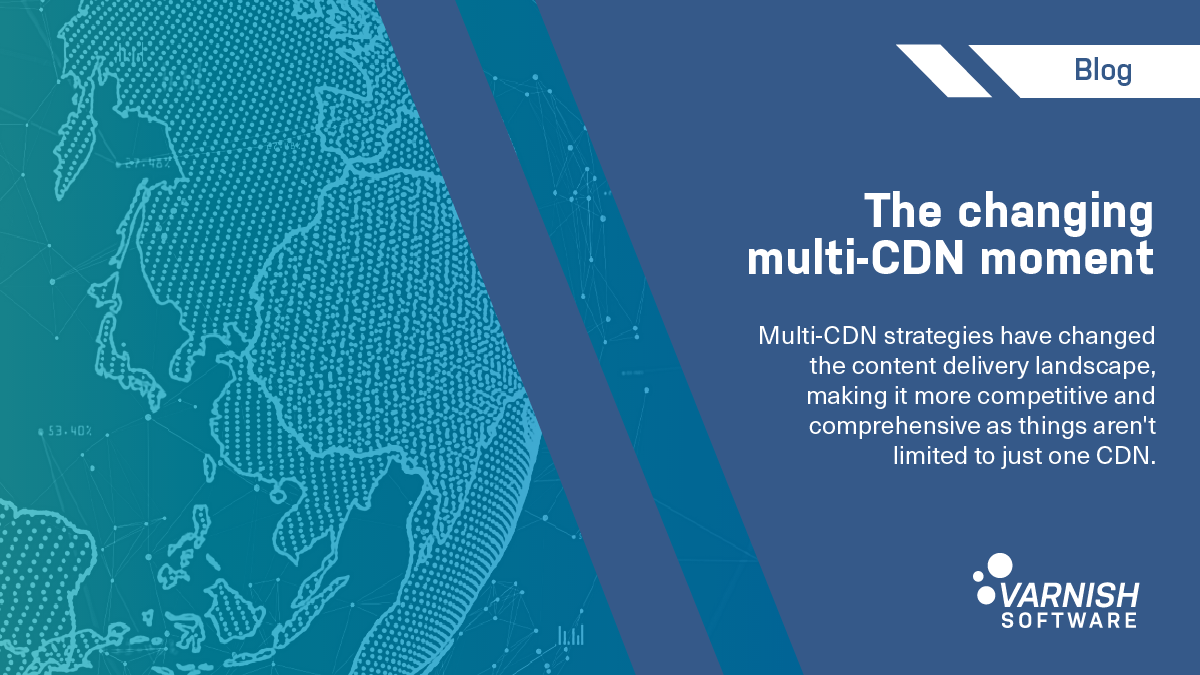Multi-CDN strategies have changed the content delivery landscape, making it more competitive and comprehensive as things aren't limited to just one CDN. In the old days, content providers turned to a single CDN and demanded high-performance content delivery, and when the CDN inevitably ran into a problem, the content provider would move to another, and then another, before finally recognizing -- as the entire industry has -- that a multi-CDN strategy makes the most sense for delivering the best end-user experience.

As CacheFly’s CTO and Founder, Matt Levine, shared with Varnish during a recent webinar series, most CDNs deliver reasonable performance but aren’t necessarily all-purpose all the time. If a content provider sets up a multi-CDN approach for content delivery with the instruction that traffic should be served from the CDN in the mix that will achieve the best performance and QoE, best performance wins. The fastest CDN in the multi-CDN setup (or at least the one that will deliver the best performance for the end-user) will win out and deliver the traffic. One misconception is that traffic will almost always be served based on geo-location information, i.e. logically. The nearer content is physically located to an end-user, the faster the requesting client receives it. This, however, is not always the case, and a multi-CDN strategy should be intelligent enough to direct traffic to the best pathway for speed and performance.
Multi-CDN at its core is, according to Levine, a meritocracy. You don’t need to listen to who says they are fast or make decisions based on marketing or sales people convincing you. The performance speaks for itself.
Multi-CDN: Everywhere but not for everyone
Let’s take a step back and reflect on the fact that adopting a multi-CDN setup is growing in popularity but it’s still not for everyone. Companies that are sensitive to traffic spikes or have content they want to get from point A to point B across multiple geographies… these kinds of entities go for multi-CDN strategies.
It’s also important to note that every consumer-facing video streaming service of any scale in the last five years uses a multi-CDN approach, including those that have their own CDNs. It’s a logical failsafe for the biggest players to safeguard QoE for end-users. That is, even if your average speed is the best in most cases, there will be other cases when it’s not, and multi-CDN lets you put all of the CDNs (yours or others) in the mix in the best possible scenario to succeed.
To find out more about CDN considerations for video delivery, micro-PoPs, how the edge will be used in a 5G, 8K video world, and the future of CDNs, watch the full webinar series -- available now.
/VS-logo-2020-197x60.png?width=136&height=60&name=VS-logo-2020-197x60.png)

